Why Pashmina Is Known as the ‘Diamond of Fibres’

Introduction: The Fabric That Whispers Luxury
There are fabrics that warm the body — and then there are those that touch the soul. Among them all, Pashmina holds a rare and almost mythical status. Soft as a cloud, light as air, and warm as a winter embrace, this exquisite wool has been celebrated for centuries as the “Diamond of Fibres.”
But what gives Pashmina this precious title? Beyond its feel and beauty lies a story — of nature’s rarity, human patience, and timeless artistry.
In an age where synthetic blends and fast fashion dominate, Pashmina remains a symbol of purity, craftsmanship, and quiet luxury. From the windswept Himalayan plateaus to the skilled hands of Kashmiri artisans, every strand of Pashmina tells a tale of origin, effort, and elegance.
This article uncovers the science, heritage, and artistry that make Pashmina truly deserving of its sparkling nickname — the Diamond of Fibres.
The Origin: Born in the Lap of the Himalayas
To understand why Pashmina is so rare, we must begin where it all starts — in the high-altitude regions of Ladakh and Kashmir, where the air is thin and the winters unforgiving.
Pashmina wool is obtained from a special breed of goat known as the Changthangi goat↗, found only in the remote plateaus of the Himalayas. These goats have evolved to survive temperatures that drop to -40°C, growing an incredibly fine and dense undercoat to protect themselves.
Each spring, as the weather warms, the goats naturally shed this fine underlayer. Local herders collect it by hand combing, not shearing — a gentle process that preserves both the goat’s wellbeing and the fiber’s integrity.
This natural process yields an incredibly small quantity — one goat produces only about 80–150 grams of usable Pashmina wool per year. This rarity is the first reason why Pashmina is considered as precious as a diamond.

The Science: What Makes Pashmina So Fine
Not all wool is created equal. What makes Pashmina truly exceptional is its microscopic fineness.
The diameter of a typical sheep wool fiber is around 30–40 microns, while Merino wool averages 20 microns.
Pashmina, by comparison, measures just 12–16 microns in diameter — almost one-sixth the thickness of human hair.
This ultra-fine structure gives Pashmina its signature softness and lightness. It feels weightless against the skin, yet insulates better than any other natural fiber.
To put it simply:
-
Thinner fiber = softer and smoother fabric
-
Tighter weave = greater warmth with less weight
This combination of lightness, softness, and warmth is what no other fiber — natural or synthetic — has ever fully replicated. It’s the textile equivalent of a gemstone’s brilliance: rare, delicate, and incomparable.
A Heritage Woven Through Centuries
Pashmina’s story is not just scientific — it’s cultural and royal.
For centuries, Pashmina shawls were considered a mark of nobility and refinement. From the Mughal emperors of India to the aristocrats of Europe, owning a genuine Pashmina was a symbol of sophistication and power.
It is said that Emperor Akbar himself had a deep admiration for Pashmina and commissioned weavers in Kashmir to create luxurious shawls known as “Kani” — works of art woven from the finest fibers. These shawls were often passed down as heirlooms and gifted as tokens of honor.
In Europe, during the 18th and 19th centuries, Pashmina became an obsession. French queens and English nobles draped themselves in Kashmiri shawls, admiring their feather-like touch and intricate embroidery.
Over time, Kashmir became synonymous with the art of Pashmina weaving, giving birth to designs and techniques that are still practiced today.
The Making of a Masterpiece: From Fiber to Fabric
Creating an authentic Pashmina shawl is an act of devotion — one that involves weeks, sometimes months, of meticulous craftsmanship.
Here’s how the journey unfolds:
Step 1: Collection and Cleaning
Once the fiber is combed from the goat, it is cleaned gently by hand to remove dust and impurities. This process requires skill — too much handling can break the delicate fibers.
Step 2: Spinning
The cleaned wool is spun into yarn using a traditional wooden spindle called a “charkha.” Unlike machine spinning, hand spinning maintains the natural softness and elasticity of the fiber.
Each thread must be even and strong enough to withstand weaving — a test of patience and mastery.
Step 3: Weaving
Weaving is where art meets precision. Skilled artisans interlace the yarns on handlooms, often spending up to a week to weave a single shawl. Patterns such as kani (woven motifs) or jamawar (embroidered florals) are meticulously created using color-coded threads.
Step 4: Embroidery and Finishing
Some shawls are left plain to showcase the purity of the fiber, while others are enhanced with hand embroidery using silk or gold thread. Each embroidered shawl can take months to complete.
The result is a piece so delicate that it can pass through a wedding ring — a hallmark of true Pashmina.
This intense labor of love — combining human skill with nature’s rarity — adds another layer to Pashmina’s diamond-like worth.

The Rarity That Defines Its Value
Much like diamonds, Pashmina’s value lies in its rarity, purity, and craftsmanship.
Let’s compare:
|
Aspect |
Diamonds |
Pashmina |
|
Origin |
Extracted from Earth |
Combed from Himalayan goats |
|
Rarity |
Found only in specific mines |
Produced only by Changthangi goats in Ladakh |
|
Crafting Process |
Cut, polished, graded |
Spun, woven, embroidered by hand |
|
Symbolism |
Luxury, status, timelessness |
Warmth, purity, heritage, elegance |
Each genuine Pashmina is unique — no two pieces are ever identical. This exclusivity gives it collectible value, much like gemstones. And unlike synthetic or blended “cashmere” often sold in the market, true Pashmina remains unmatched in feel and fineness.
The Confusion: Pashmina vs. Cashmere
One of the reasons Pashmina is called the Diamond of Fibres is its clarity amid confusion.
Many people use “Pashmina” and “Cashmere” interchangeably — but they are not exactly the same. Cashmere refers broadly to fine wool from certain goat breeds found across Mongolia, China, and Nepal. Pashmina, however, comes exclusively from the Changthangi goat in the Himalayas — and is finer, softer, and rarer.
Here’s how they differ:
|
Feature |
Cashmere |
Pashmina |
|
Fibre Diameter |
16–19 microns |
12–16 microns |
|
Source Region |
China, Mongolia, Nepal |
Ladakh, India |
|
Production Volume |
Large-scale |
Limited and seasonal |
|
Texture |
Soft |
Silky, airy, ultra-soft |
|
Weaving |
Machine or hand |
Exclusively handwoven |
Because of its limited availability and manual craftsmanship, Pashmina remains the purest and most premium version of Cashmere wool — much like how a flawless diamond stands apart from common stones.
The Sustainability of Pashmina
In an era where the fashion industry faces scrutiny for pollution and waste, Pashmina represents a sustainable and ethical alternative.
-
Naturally Renewable: The Changthangi goats shed their wool naturally every spring — no harm is done to the animals.
-
Handmade Process: Most Pashmina is hand-spun and hand-woven, using minimal machinery and energy.
-
Longevity: A well-cared-for Pashmina shawl can last for decades, even generations.
-
Biodegradable: Being a natural fiber, Pashmina returns to the earth harmlessly when its lifecycle ends.
In other words, every Pashmina is a zero-waste luxury. Its sustainability only adds to its diamond-like perfection — timeless, ethical, and enduring.
The Feel: Why It’s Unmatched in Comfort
Touch a genuine Pashmina, and you’ll understand why it’s revered.
The fabric feels light but warm, soft but strong. It breathes naturally, adjusting to body temperature — warming you in the cold and remaining cool in milder weather.
Unlike synthetic fibers that trap heat or irritate the skin, Pashmina is hypoallergenic and soothing. It’s no wonder why many call it “second skin.”
That perfect balance of warmth, softness, and breathability makes it more than a luxury — it’s a functional masterpiece.

A Symbol of Emotional Luxury
What truly sets Pashmina apart is its emotional resonance.
People don’t just wear Pashmina — they cherish it. A Pashmina shawl is not merely an accessory; it’s an heirloom, a symbol of love and legacy.
In many cultures, it’s gifted on life’s most special occasions — weddings, anniversaries, milestones — representing purity and warmth. It’s the kind of gift that outlasts fashion trends, carrying memories through generations.
This emotional endurance is what makes Pashmina not just the “Diamond of Fibres,” but also the fabric of sentiment.
The Artisans: Guardians of the Diamond
Every authentic Pashmina owes its existence to the artisans of Kashmir, whose skill and patience are unmatched.
These weavers, often working from their homes or small studios, pass down their craft through generations. Each thread they spin is a continuation of centuries of tradition.
However, their livelihood depends heavily on consumer awareness. Supporting genuine Pashmina not only sustains their art but also helps protect a cultural heritage at risk of being lost to machine-made imitations.
When you purchase a real Pashmina, you’re not just buying a product — you’re preserving history and honoring craftsmanship.
How to Identify Genuine Pashmina
Because of its rarity, Pashmina is often counterfeited. Synthetic “Pashmina” shawls sold cheaply online or in tourist markets are usually made of viscose or blended wool.
Here’s how you can tell the difference:
- The Touch Test: Genuine Pashmina feels soft but not slippery. Synthetic ones feel overly smooth.
- The Weave: Look for minor irregularities — they’re proof of hand weaving. Machine-made fabrics are too uniform.
- The Burn Test (for experts only): Real Pashmina smells like burnt hair when burned lightly because it’s natural protein fiber.
- The Ring Test: Authentic Pashmina is so fine it can pass through a small ring without resistance.
- Certification: Always check for authenticity certificates from trusted brands or organizations.
For more guidance, you can read our detailed article — [How to Identify Genuine Pashmina (and Avoid Fakes)].
Modern Relevance: Pashmina in Contemporary Fashion
Despite being centuries old, Pashmina remains a modern icon of elegance.
Designers today pair traditional Pashmina with contemporary cuts — capes, scarves, sweaters, and wraps — keeping it relevant for global wardrobes.
Its versatility makes it a trans-seasonal fabric, equally at home in a Paris winter or a Melbourne spring. You can drape it over an evening dress, layer it with formalwear, or use it as a travel companion that adds instant sophistication.
In modern fashion, where minimalism and quality are prized, Pashmina represents the ultimate quiet luxury.
The Economics of Rarity
Just as diamonds hold value because they’re scarce and difficult to mine, Pashmina holds value because it’s finite and handmade.
The world’s annual production of pure Pashmina is estimated to be less than 1% of global cashmere output. Each stage — from goat to loom — limits supply naturally.
Moreover, genuine Pashmina cannot be mass-produced without compromising quality. That’s why authentic Pashmina shawls or sweaters often cost hundreds or even thousands of dollars.
But those who invest know: it’s worth every penny. A real Pashmina doesn’t just last years — it lasts lifetimes.
The Timeless Allure: Why It Will Never Go Out of Style
Trends change with every season, but certain things remain eternal — diamonds, art, and Pashmina.
Its elegance lies in simplicity. It doesn’t shout; it whispers refinement. Whether draped around the shoulders of a queen or a modern traveler, it retains the same aura of grace.
Owning Pashmina isn’t just a purchase — it’s a statement. A belief that true luxury lies not in logos, but in heritage, authenticity, and craft.

Conclusion: The Diamond That Warms the Soul
Pashmina is nature’s finest gift, refined by human hands into wearable poetry.
It stands where the natural and the human meet — where the wind of the Himalayas becomes the warmth around your shoulders. Its journey from mountain to loom is as intricate as the sparkle of a diamond, and its beauty, like all timeless things, grows deeper with age.
In a world chasing the next big thing, Pashmina reminds us that true luxury is quiet, patient, and pure. That’s why it has, and always will be, the Diamond of Fibres.
FAQs: Understanding the Diamond of Fibres
Q1. Why is Pashmina called the “Diamond of Fibres”?
Because of its exceptional rarity, fineness, warmth, and craftsmanship. It combines nature’s purity with human artistry, making it one of the most luxurious fibers in the world.
Q2. What makes Pashmina different from regular cashmere?
Pashmina comes from the Changthangi goat in the Himalayas and is handwoven, while cashmere can come from various regions and may be machine-made.
Q3. How do I care for my Pashmina shawl or sweater?
Always dry-clean or gently hand-wash in cold water. Store in a breathable cotton bag, away from sunlight. [Explore our Pashmina Care Guide].
Q4. Are Pashmina products sustainable?
Yes. They’re made from naturally shed wool, handwoven using low energy, and fully biodegradable.
Q5. Is Pashmina worth the investment?
Absolutely. With proper care, a genuine Pashmina can last a lifetime, making it both a luxury and a legacy.
Products on Sale
- Regular Price
- from $46.00
- Sale Price
- from $46.00
- Regular Price
-
$76.00
- Unit Price
- per
- Regular Price
- $199.00
- Sale Price
- $199.00
- Regular Price
-
$278.00
- Unit Price
- per
- Regular Price
- $134.00
- Sale Price
- $134.00
- Regular Price
-
$148.00
- Unit Price
- per
- Regular Price
- $109.00
- Sale Price
- $109.00
- Regular Price
-
$142.00
- Unit Price
- per
- Regular Price
- $159.00
- Sale Price
- $159.00
- Regular Price
-
$196.00
- Unit Price
- per
- Regular Price
- $49.00
- Sale Price
- $49.00
- Regular Price
-
$52.00
- Unit Price
- per
- Regular Price
- $22.00
- Sale Price
- $22.00
- Regular Price
-
$26.00
- Unit Price
- per
- Regular Price
- $30.00
- Sale Price
- $30.00
- Regular Price
-
$37.00
- Unit Price
- per
- Regular Price
- $134.00
- Sale Price
- $134.00
- Regular Price
-
$170.00
- Unit Price
- per
- Regular Price
- $74.00
- Sale Price
- $74.00
- Regular Price
-
$78.00
- Unit Price
- per
- Regular Price
- $46.00
- Sale Price
- $46.00
- Regular Price
-
$56.00
- Unit Price
- per
- Regular Price
- $99.00
- Sale Price
- $99.00
- Regular Price
-
$125.00
- Unit Price
- per
- Regular Price
- $99.00
- Sale Price
- $99.00
- Regular Price
-
$92.00
- Unit Price
- per
- Regular Price
- $56.00
- Sale Price
- $56.00
- Regular Price
-
$52.00
- Unit Price
- per
- Regular Price
- $56.00
- Sale Price
- $56.00
- Regular Price
-
$52.00
- Unit Price
- per
- Regular Price
- $56.00
- Sale Price
- $56.00
- Regular Price
-
$52.00
- Unit Price
- per
- Regular Price
- $128.00
- Sale Price
- $128.00
- Regular Price
-
$145.00
- Unit Price
- per
- Regular Price
- $69.00
- Sale Price
- $69.00
- Regular Price
-
$95.00
- Unit Price
- per

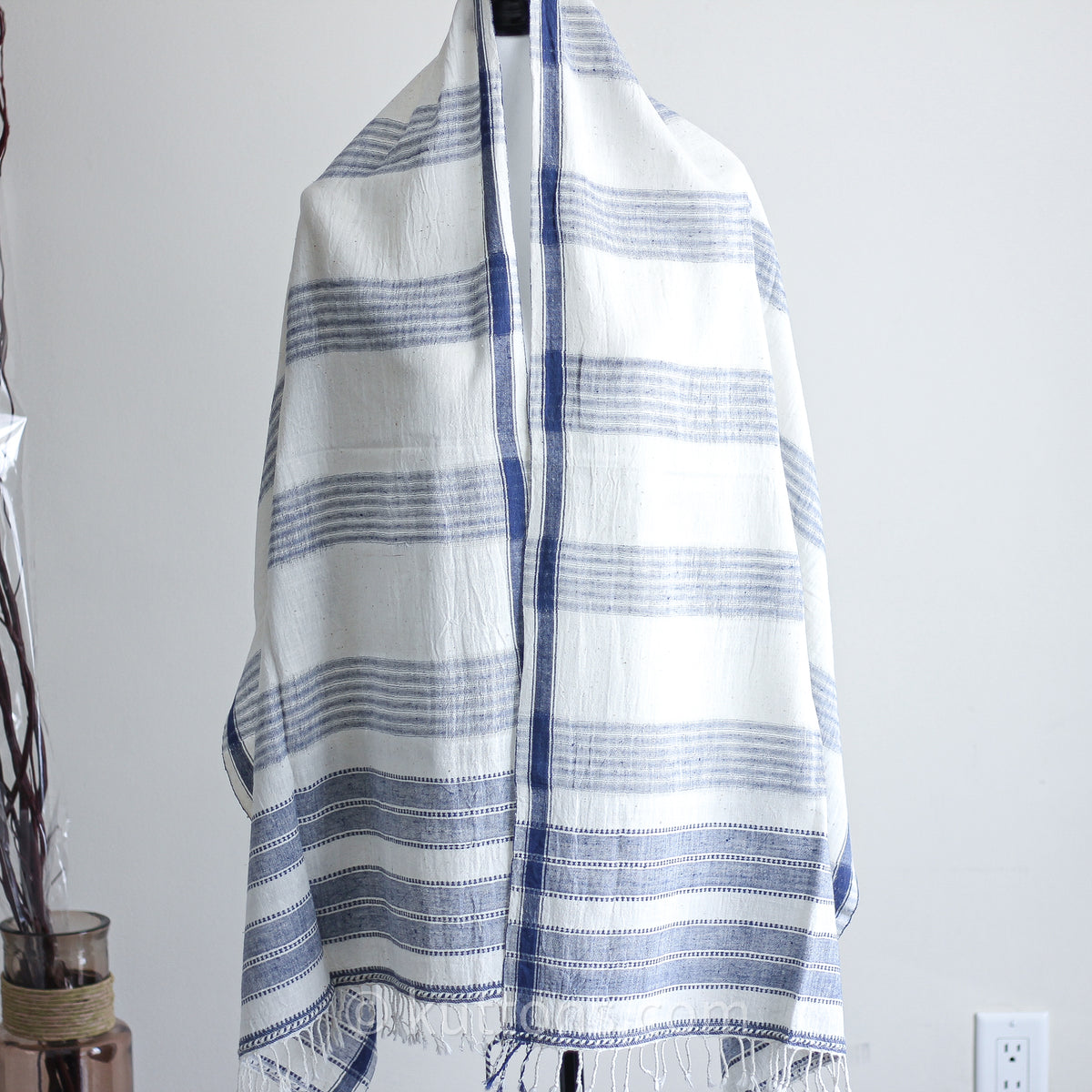
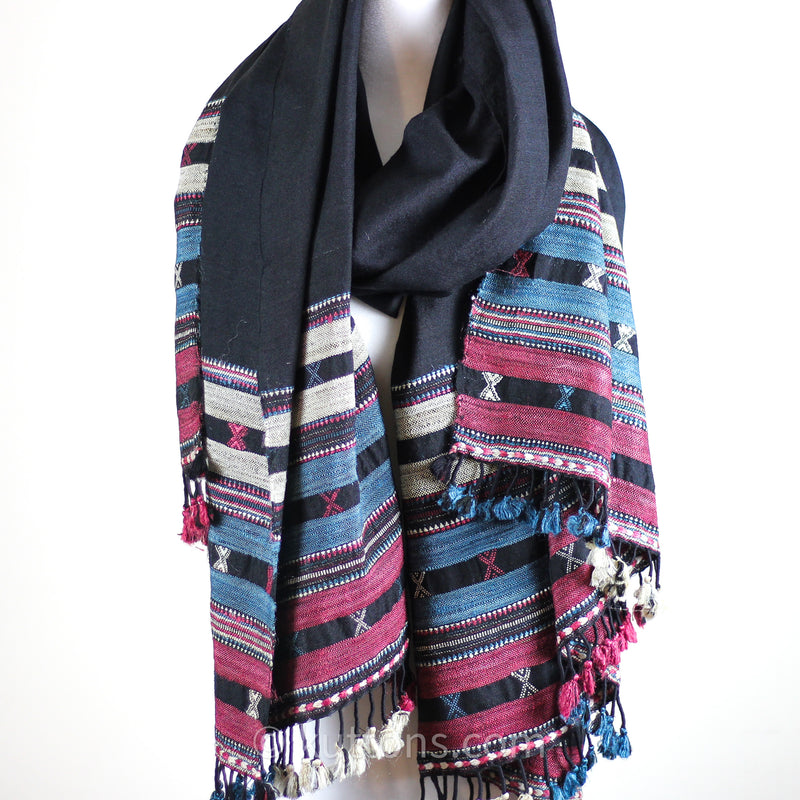
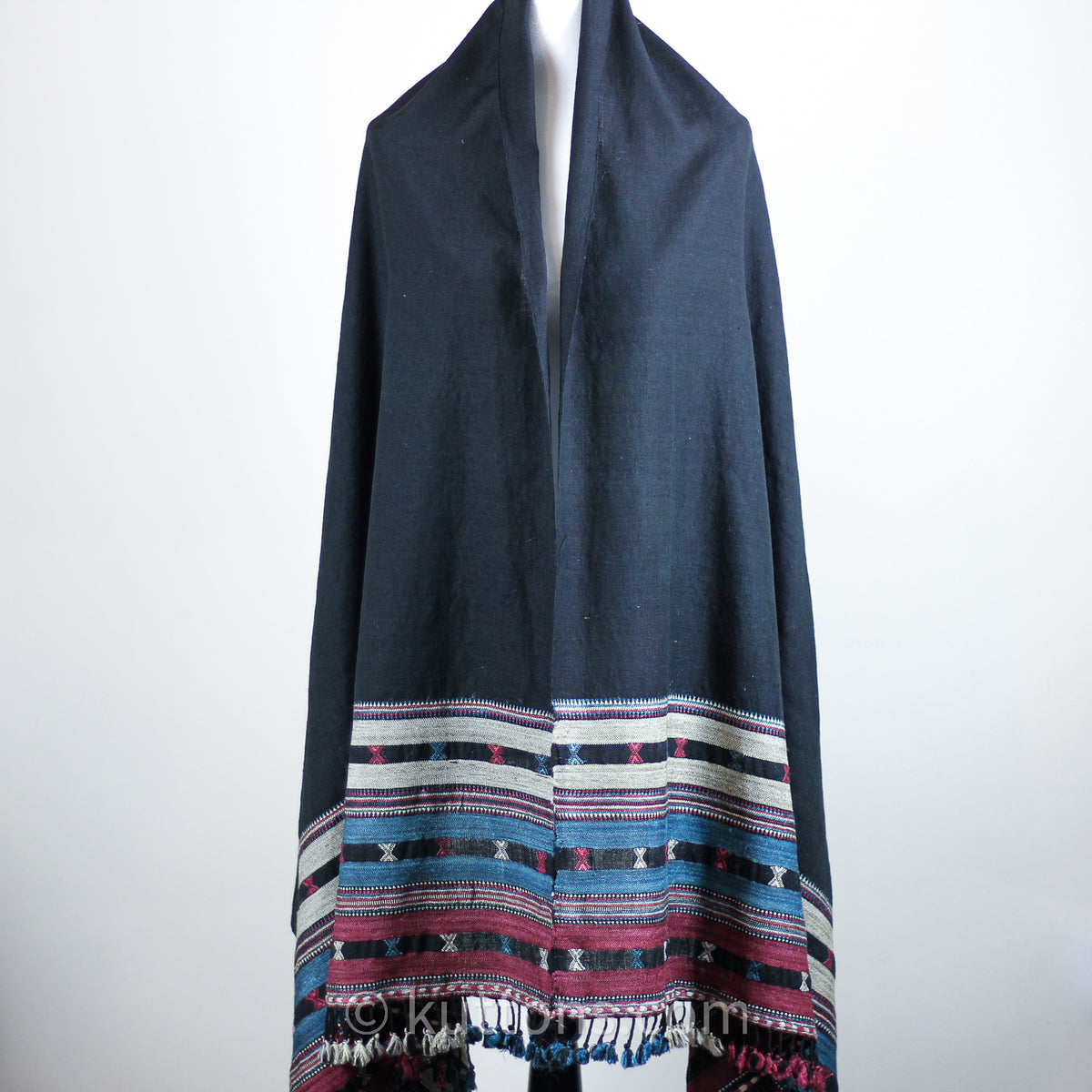
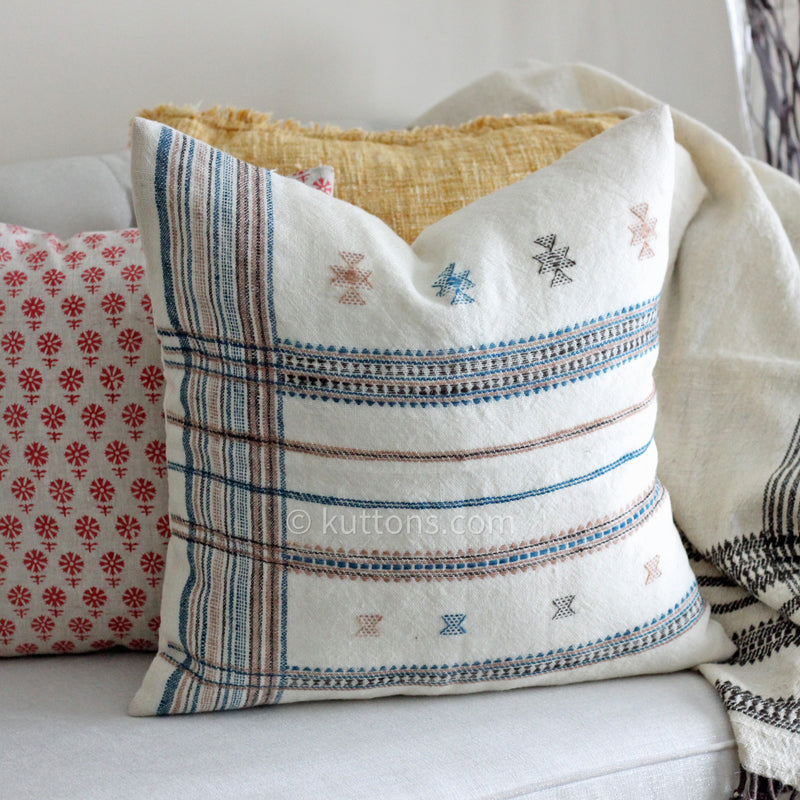

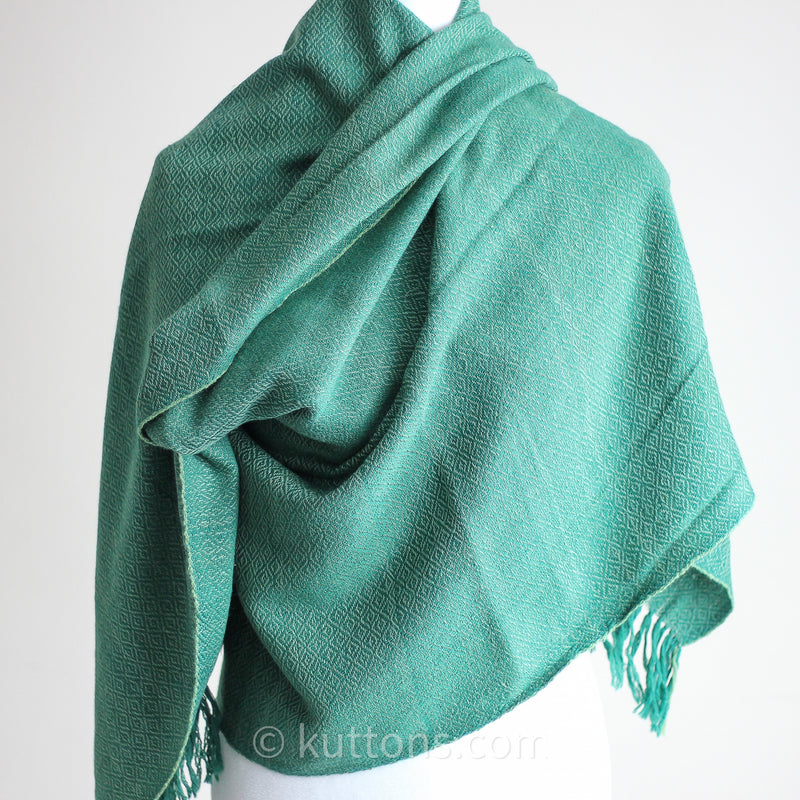

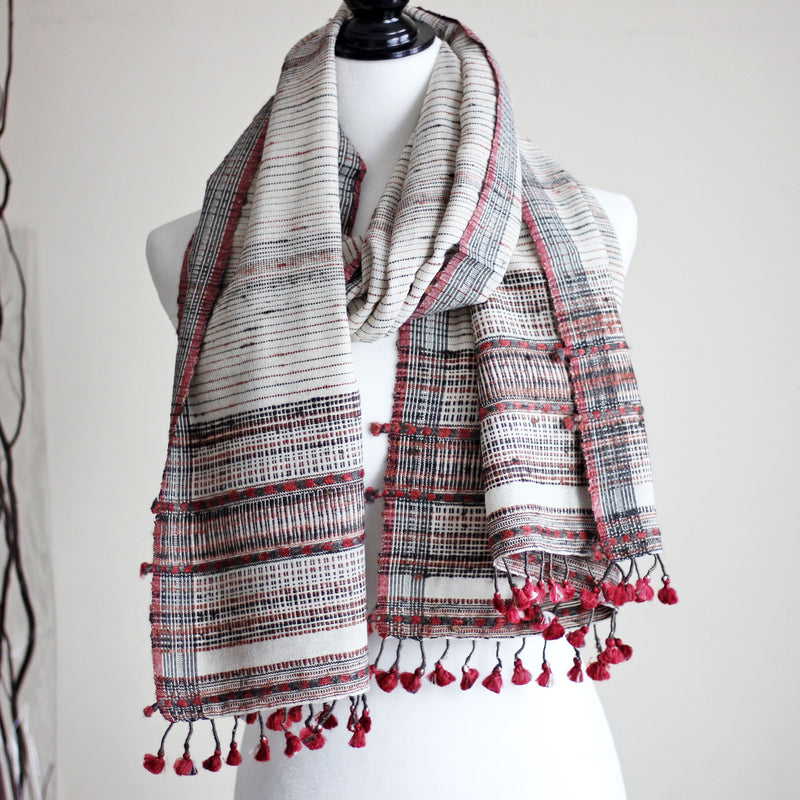
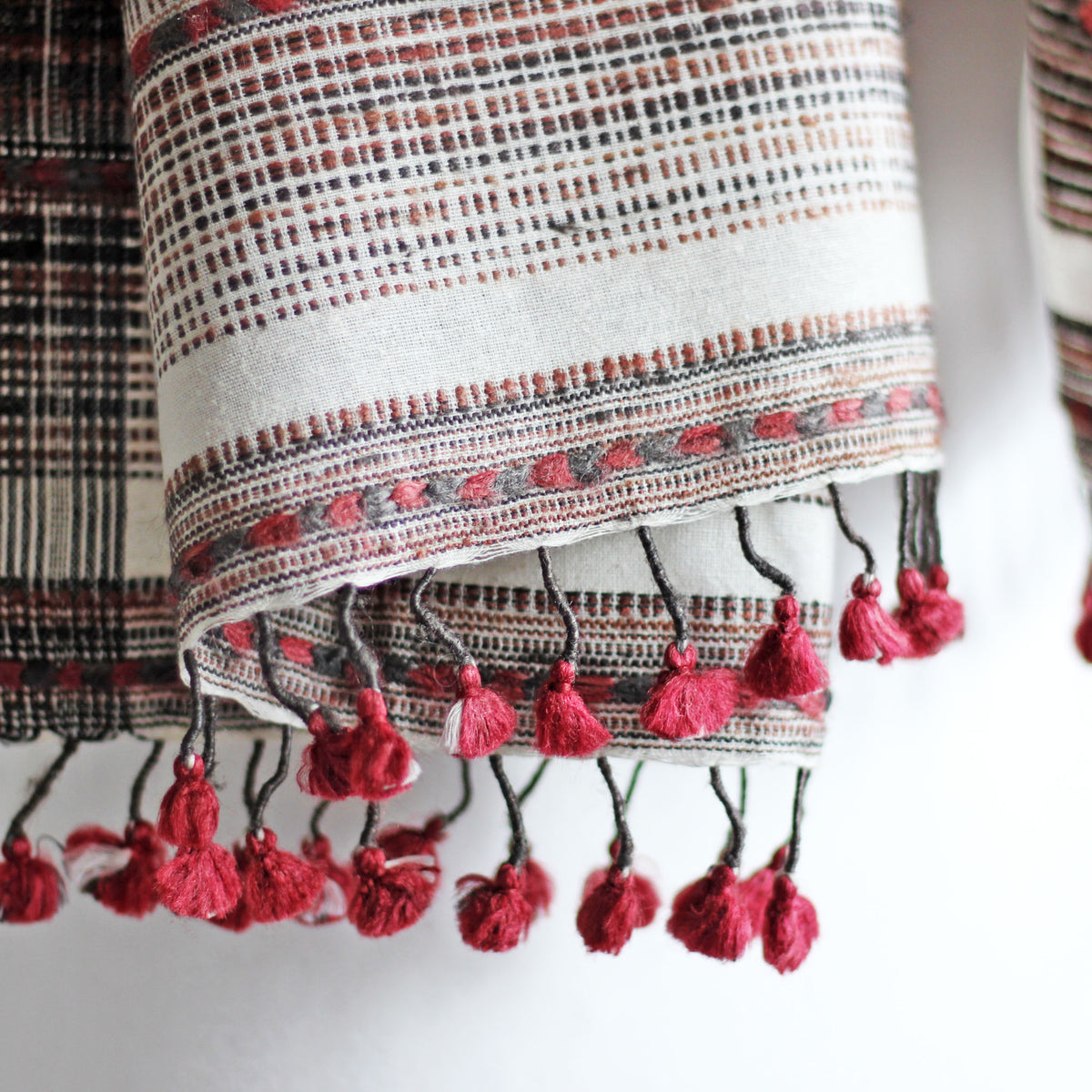
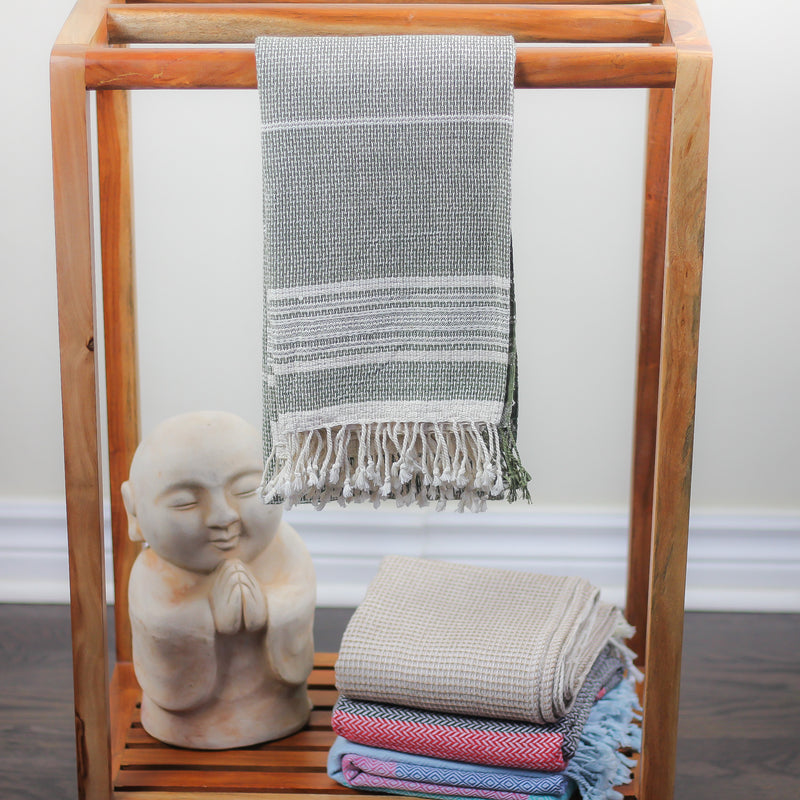

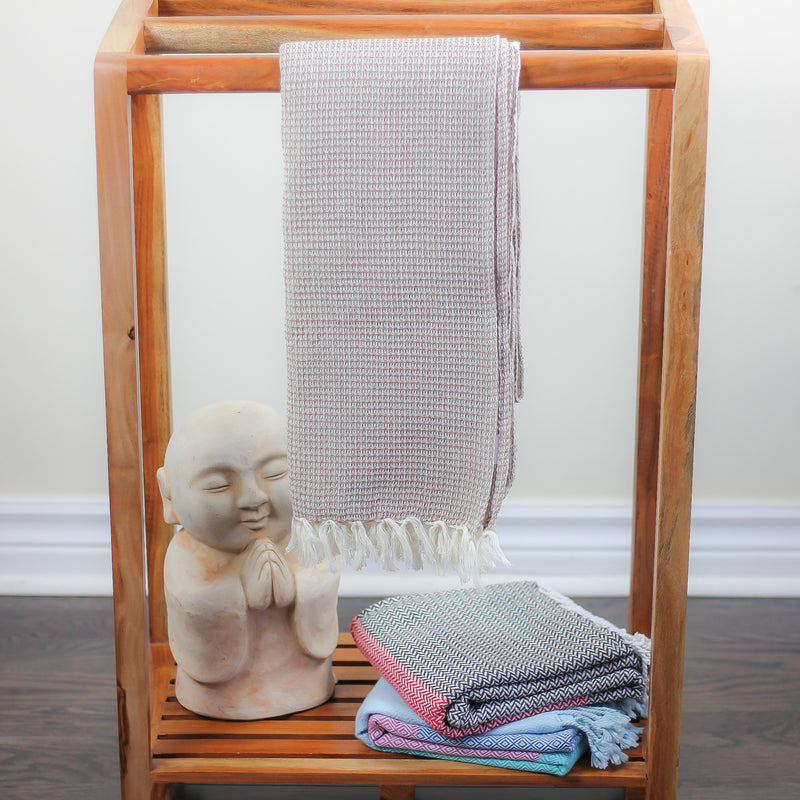
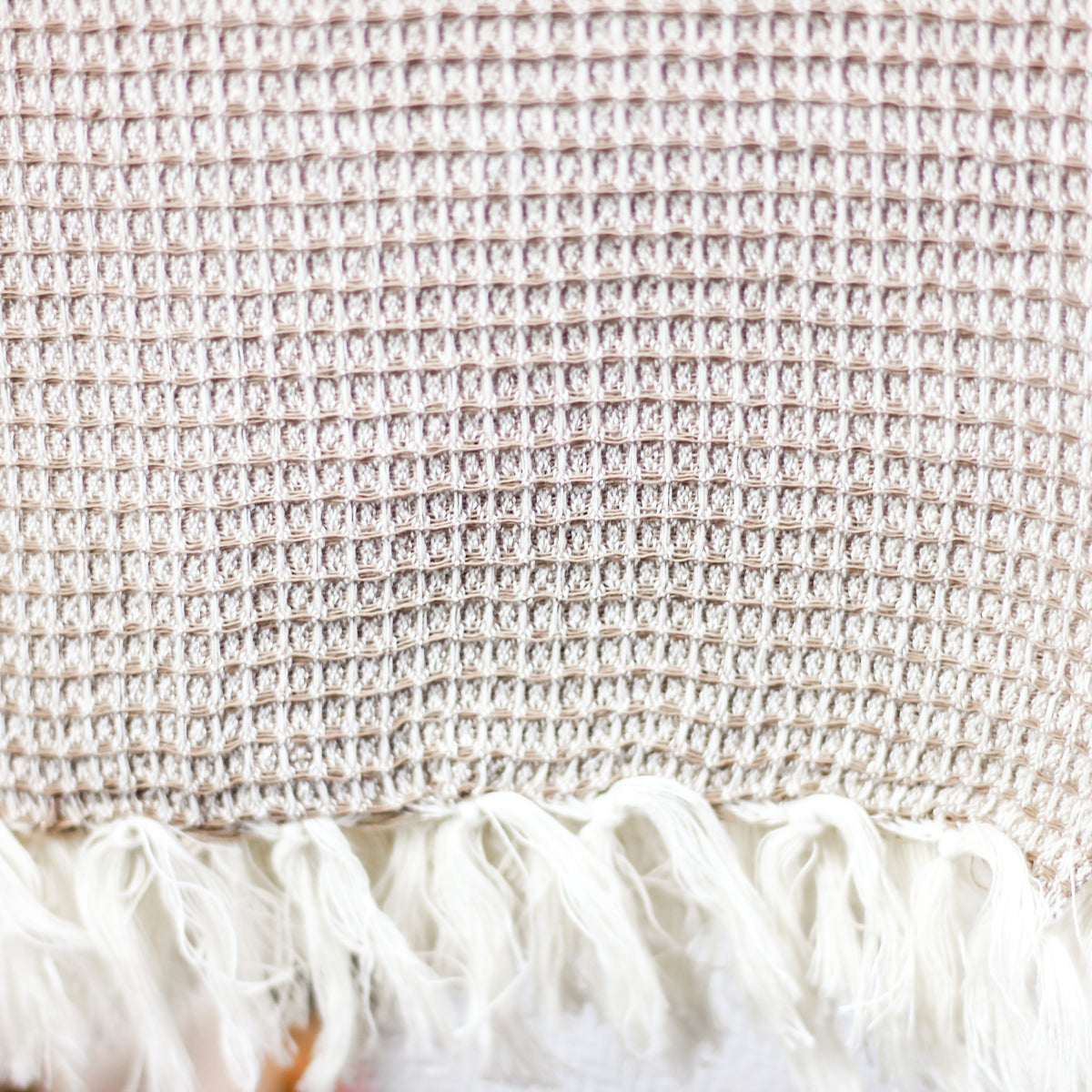

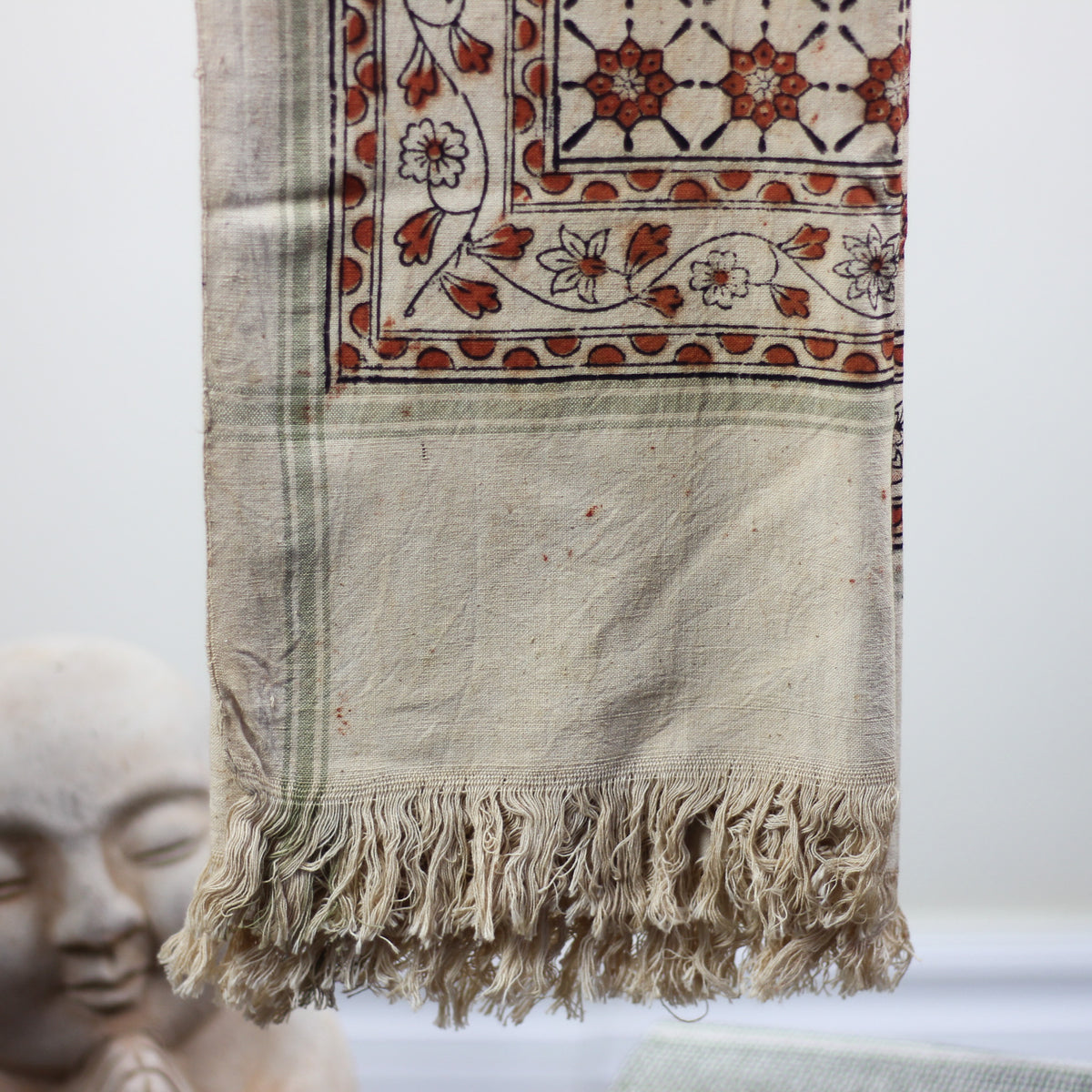
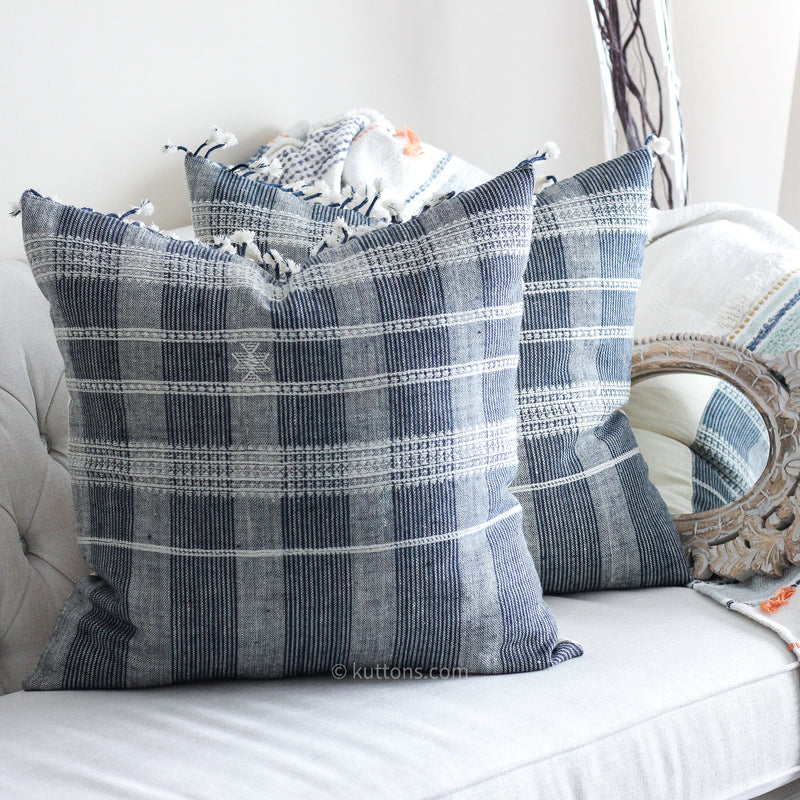

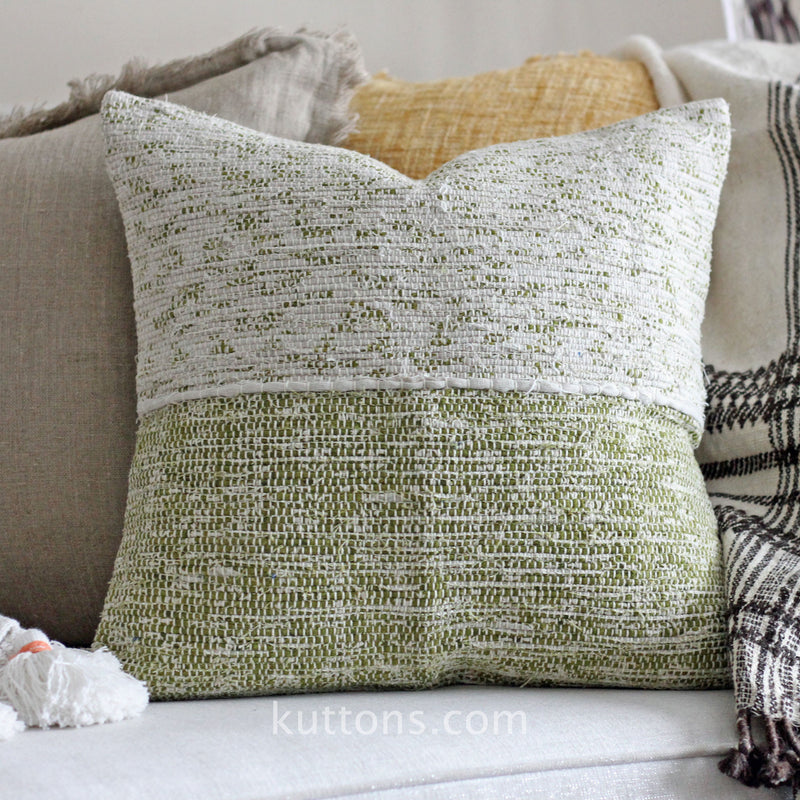
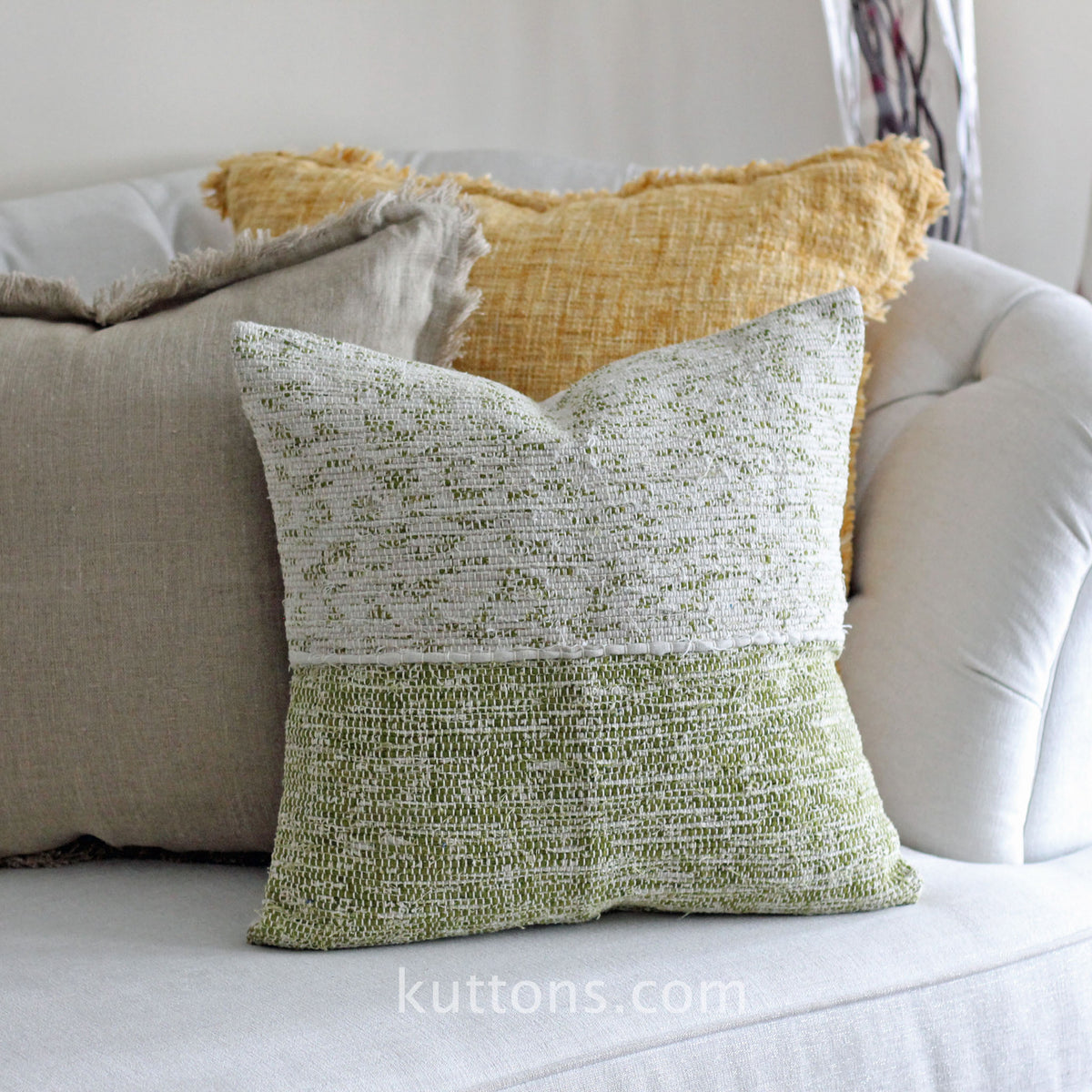
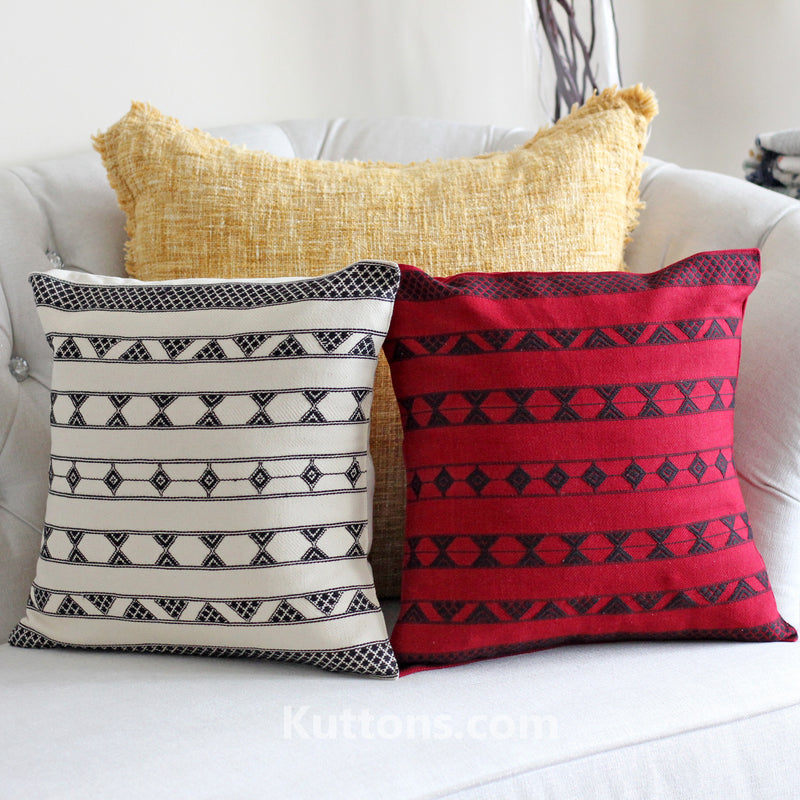
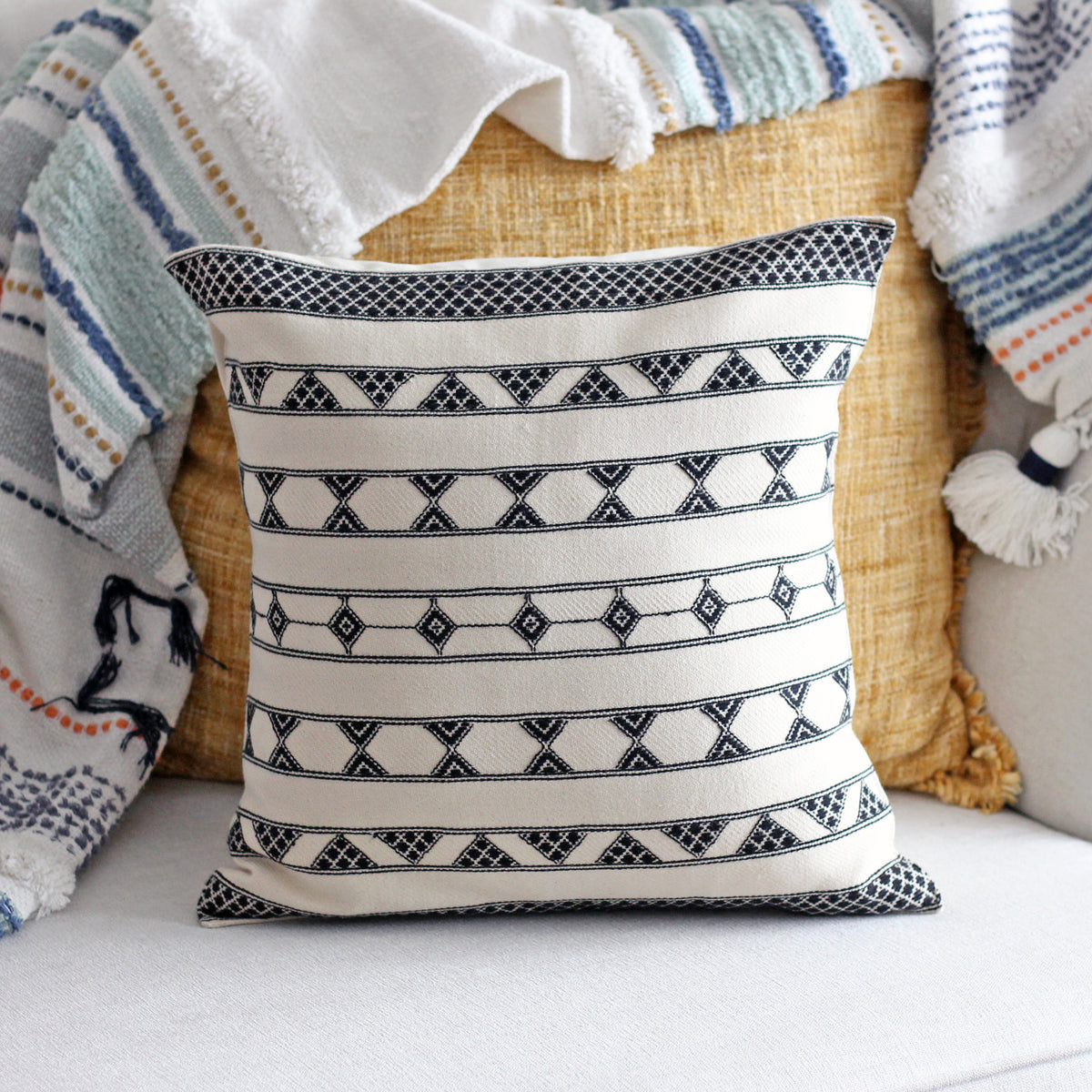
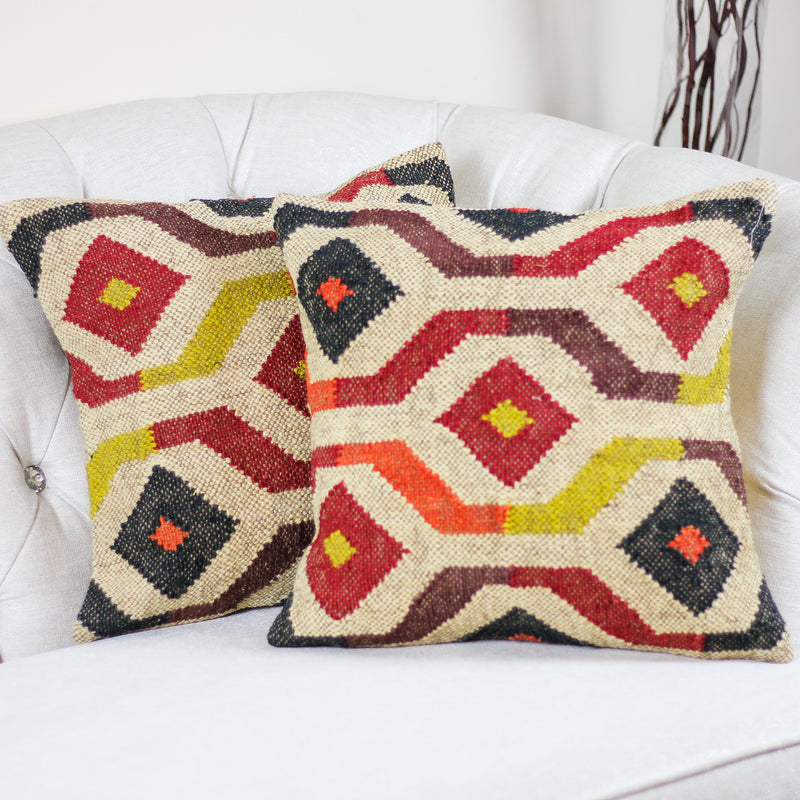
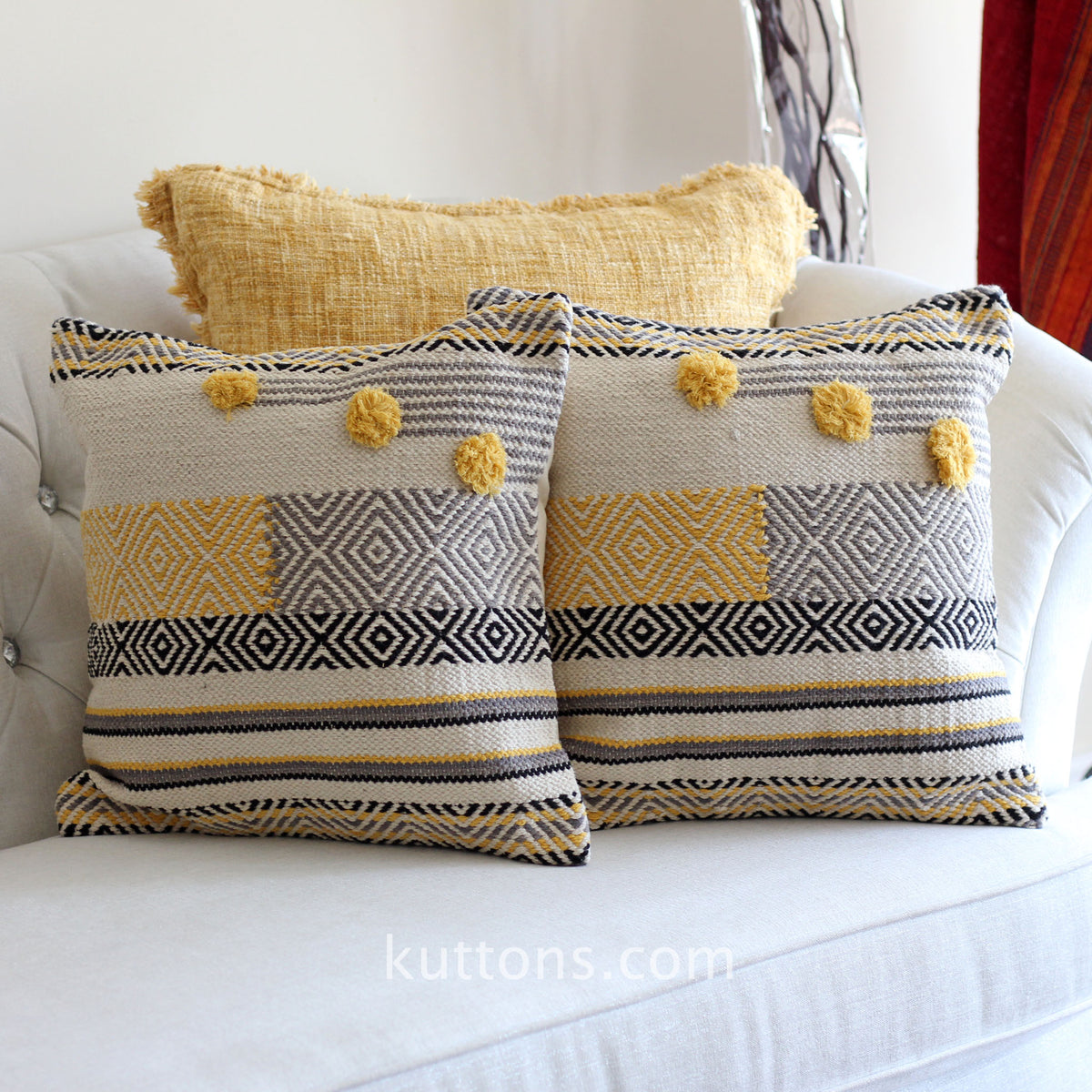


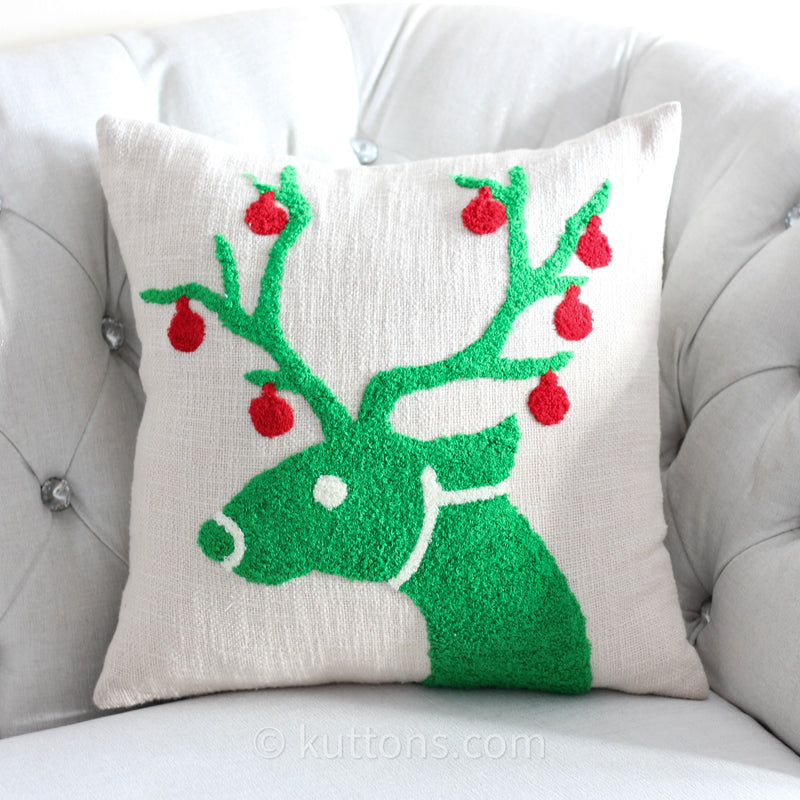
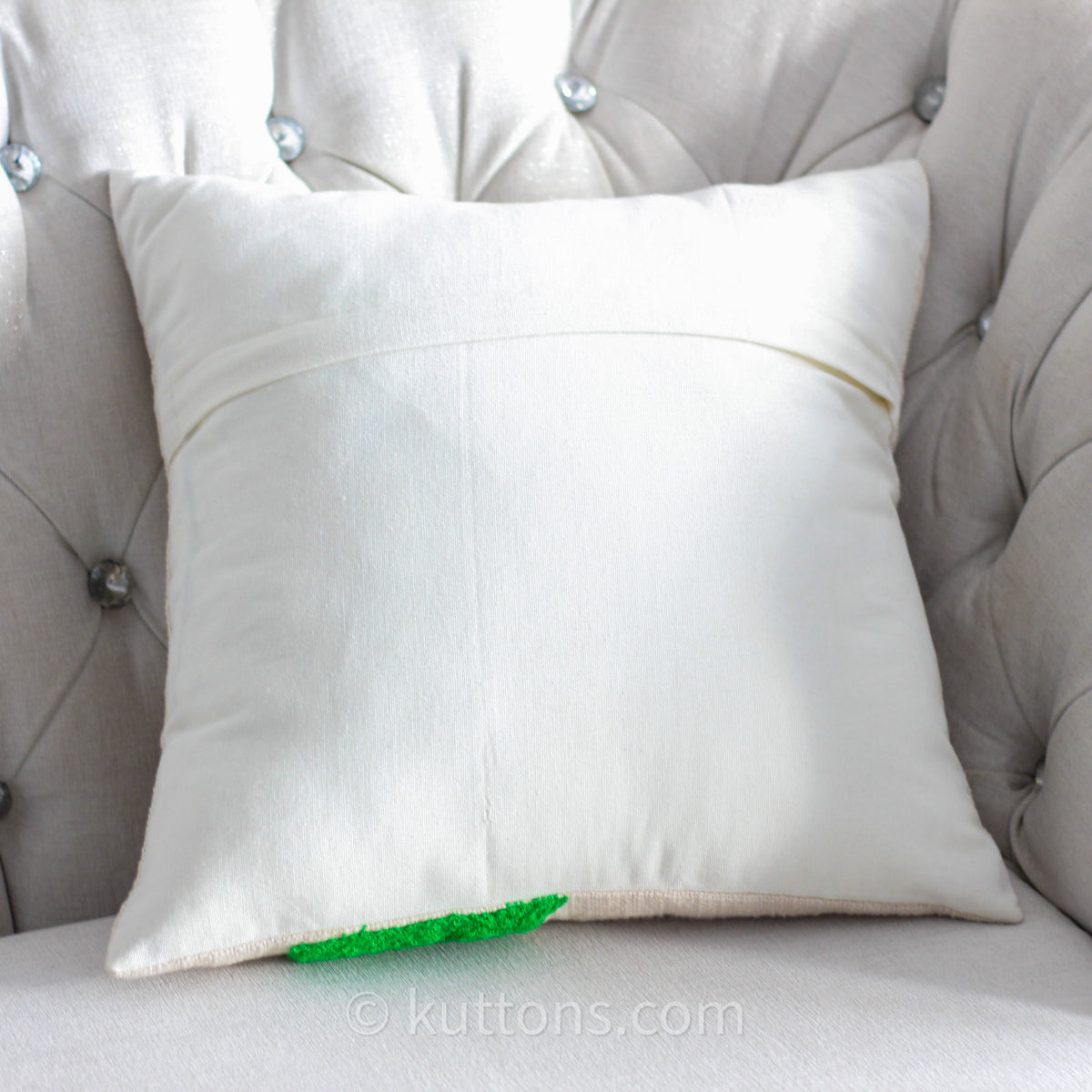
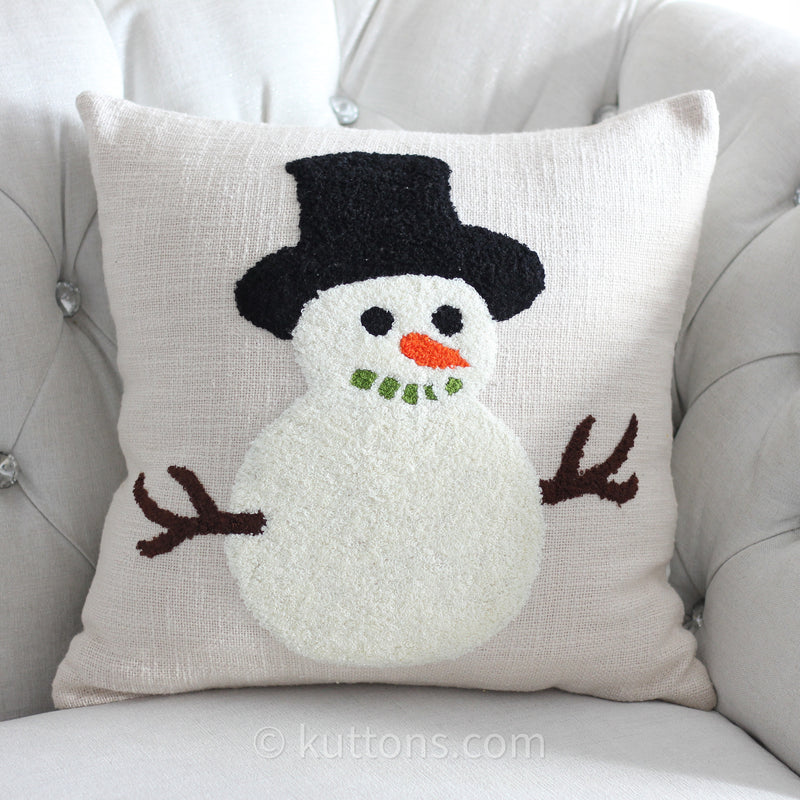
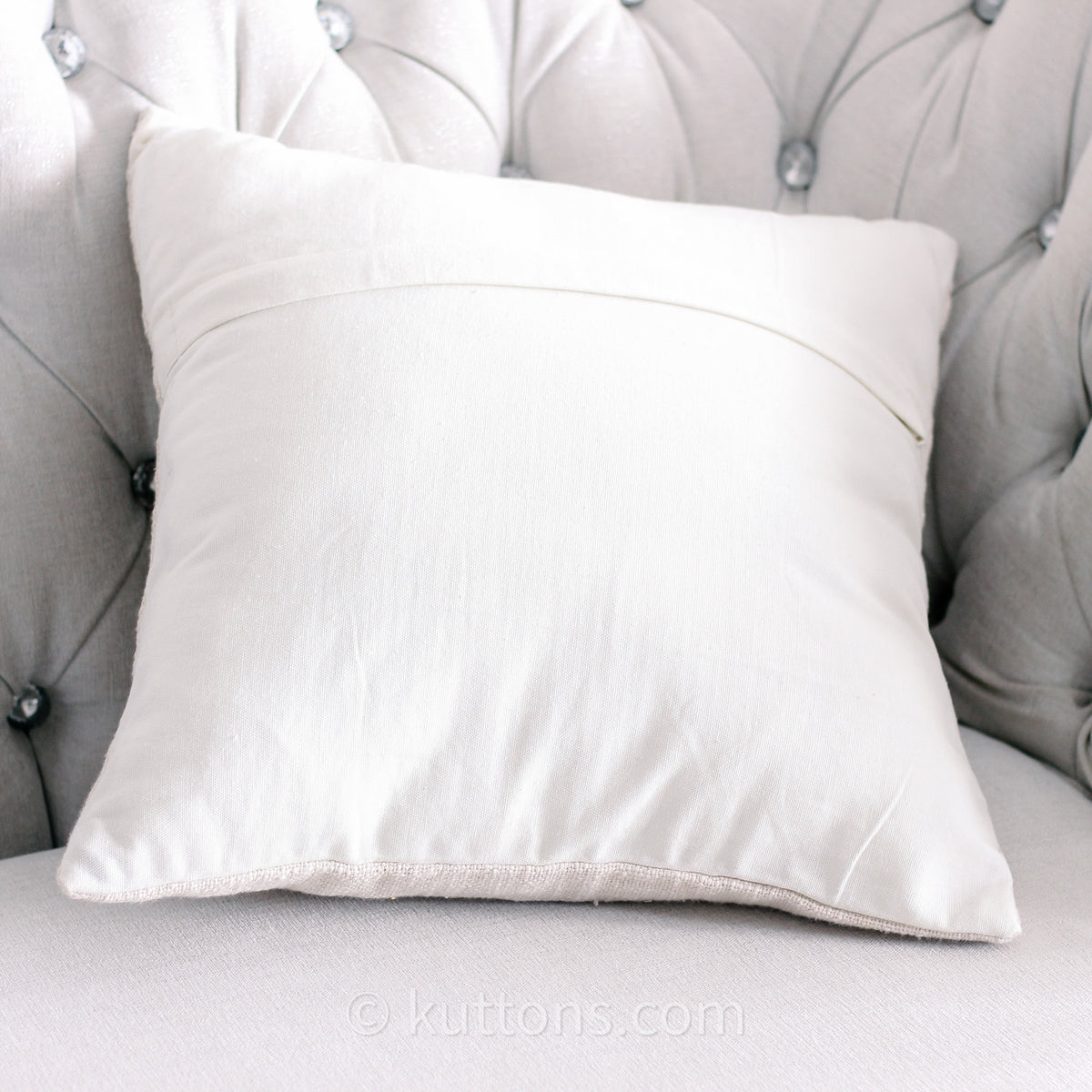
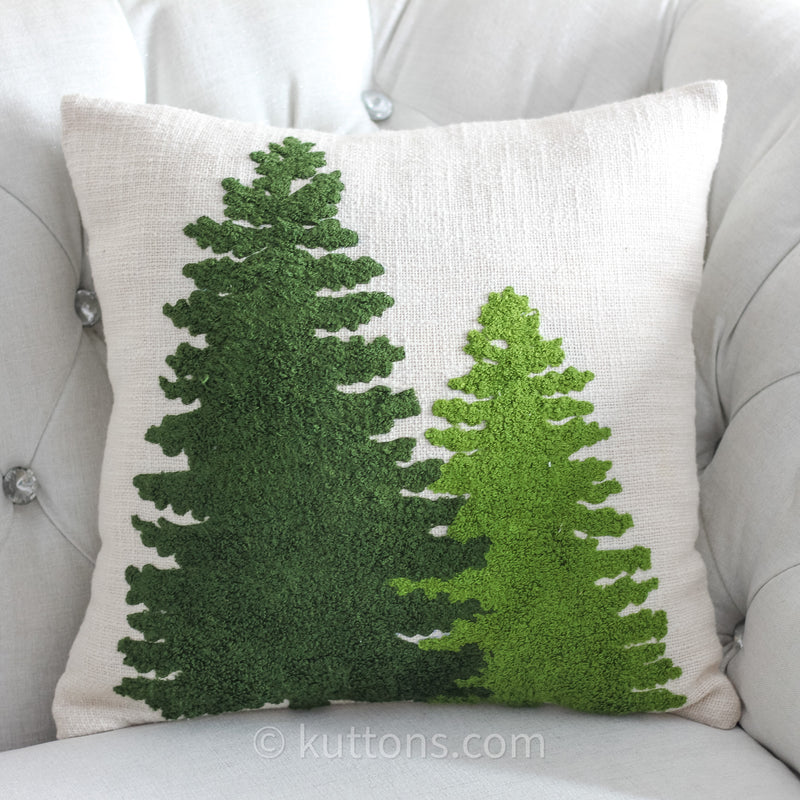
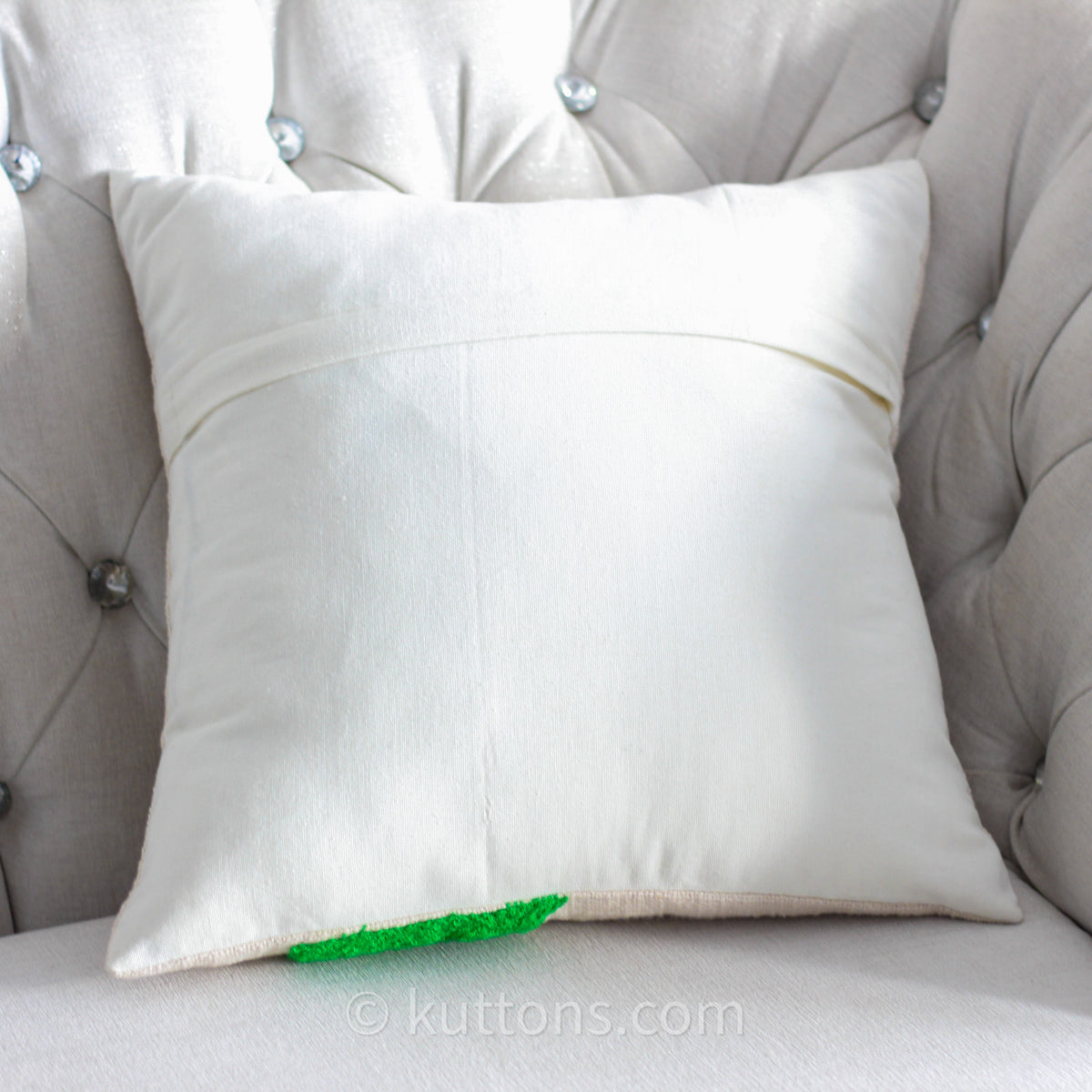
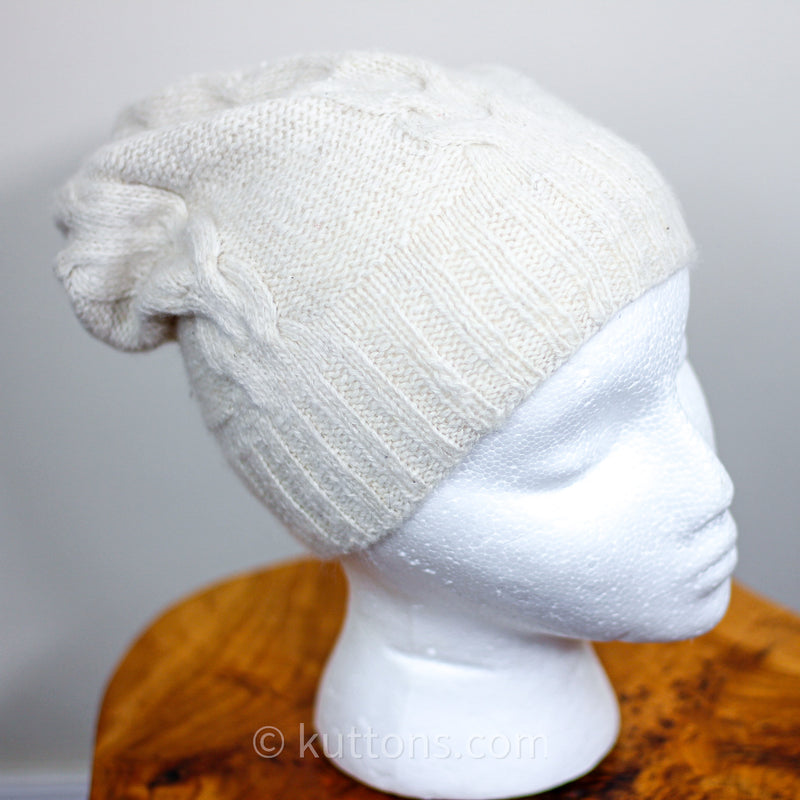
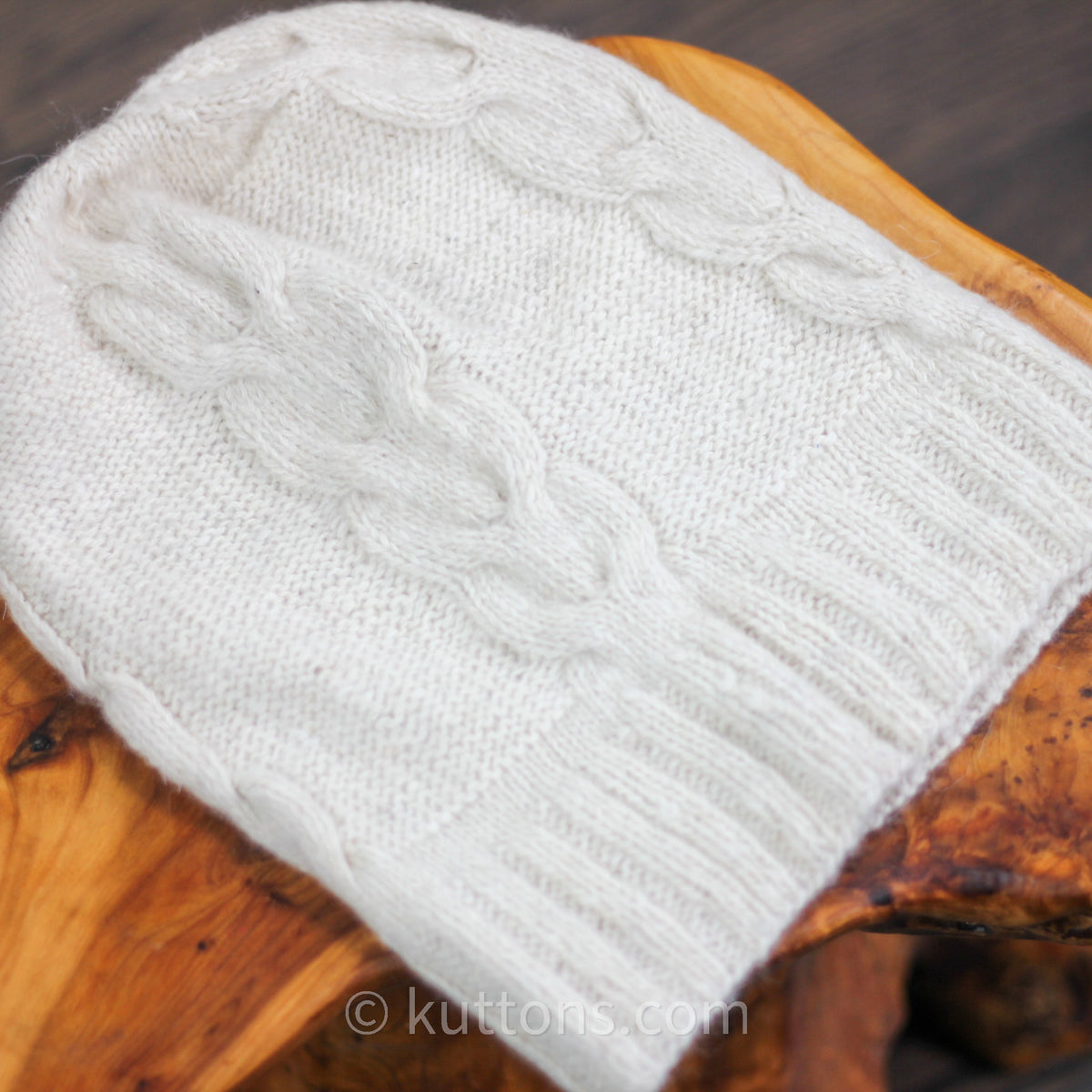

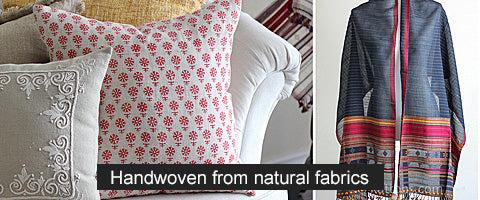
0 comments